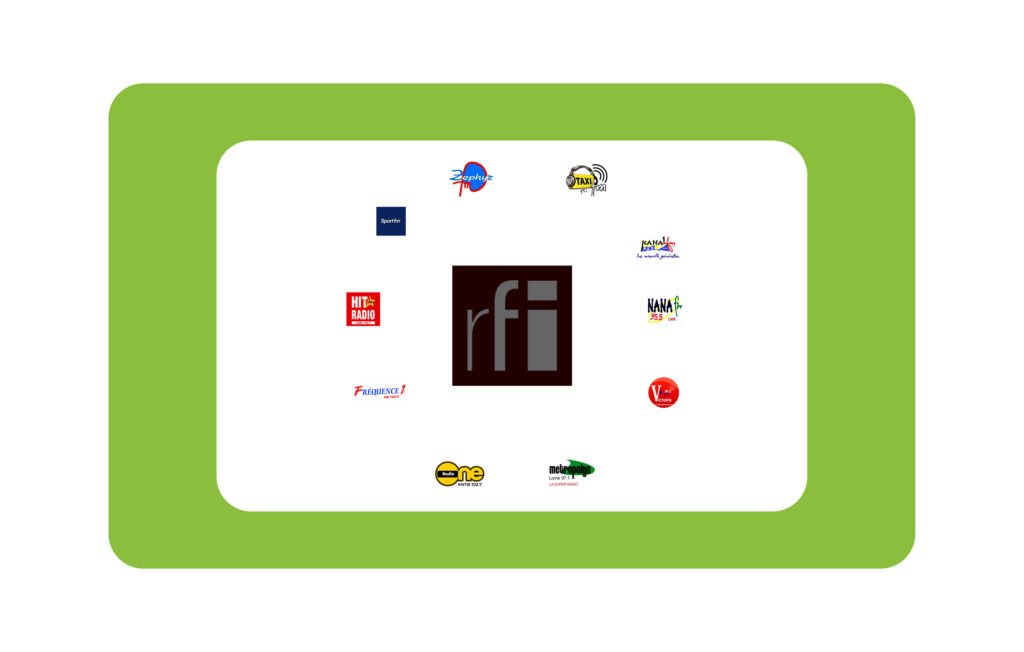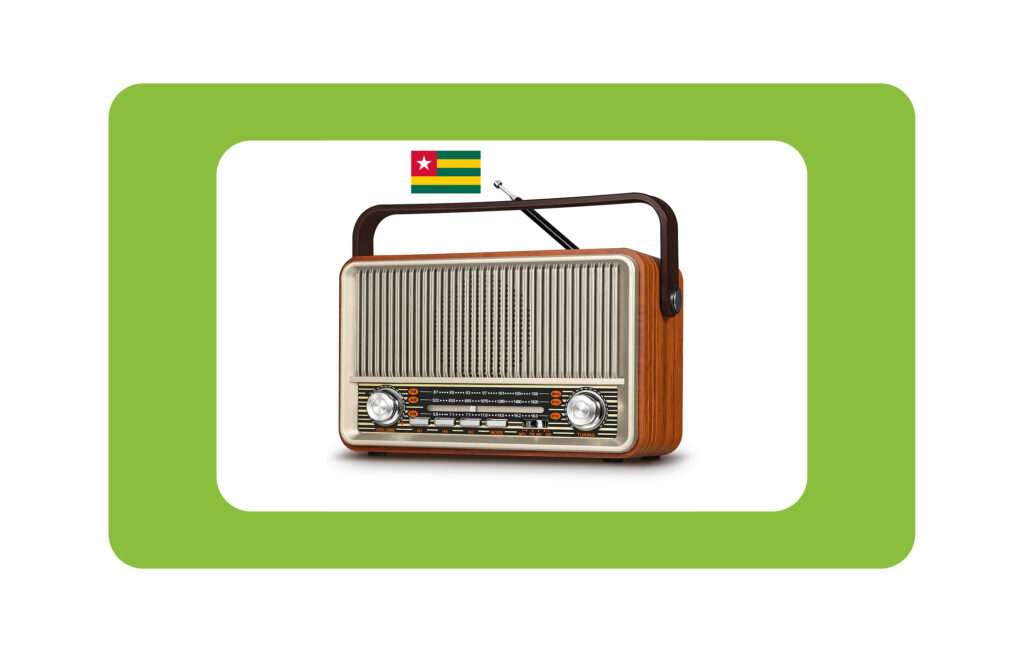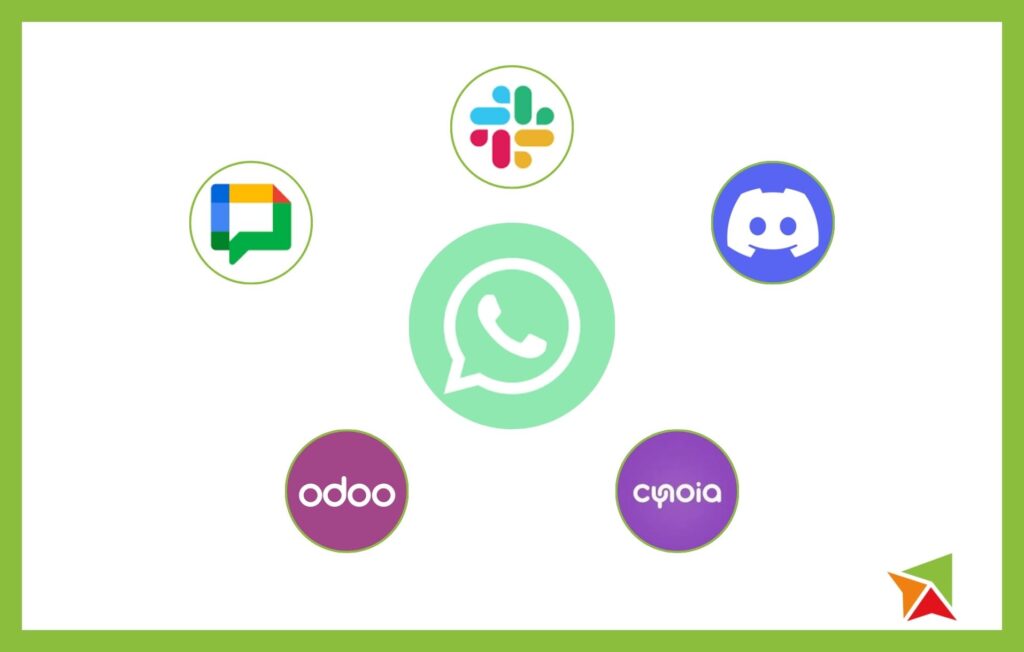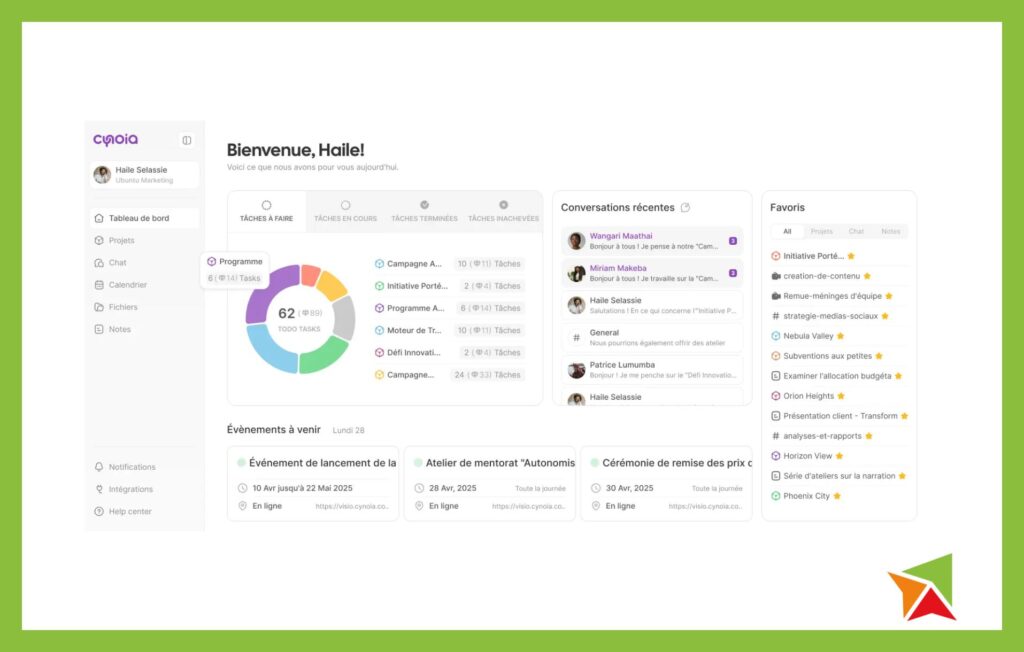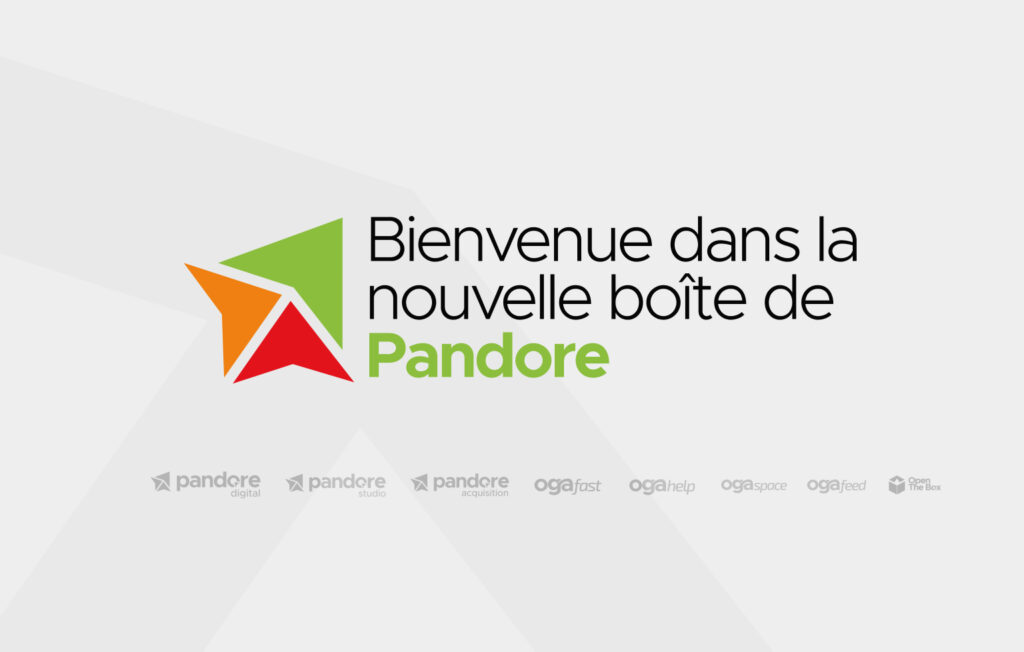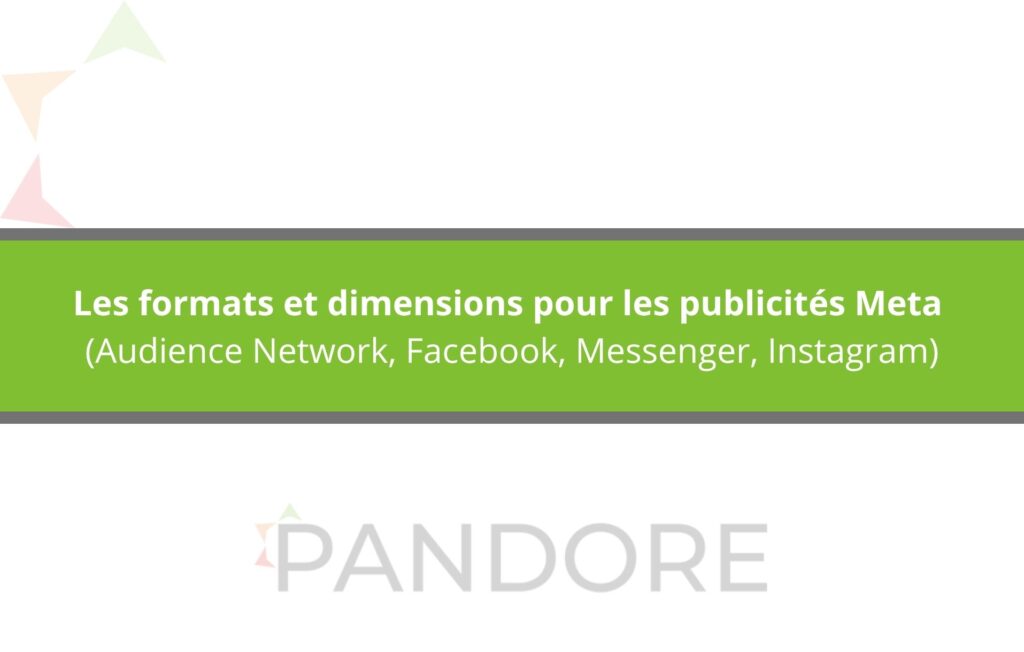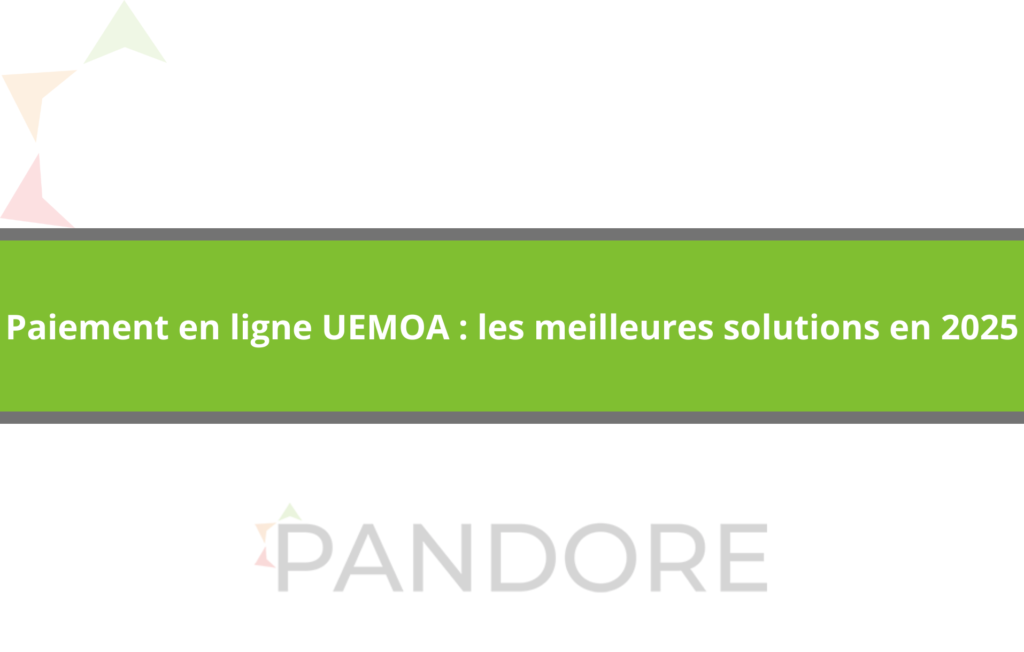La publicité sur Meta (Facebook et Instagram) est un puissant levier pour accroître votre visibilité, générer des prospects et augmenter vos ventes. Toutefois, pour maximiser votre retour sur investissement, il est essentiel de bien structurer votre campagne, d’optimiser le ciblage et de surveiller les performances.
Dans cet article, découvrez comment lancer efficacement votre publicité sur Meta, et optimiser votre campagne en fonction de votre objectif, de votre audience cible et de votre budget.
Création et configuration du compte publicitaire
Avant de diffuser des annonces, la première étape consiste à créer un compte publicitaire via Meta Business Suite, qui permet de centraliser la gestion des campagnes. Ensuite il vous faudra créer ou ajouter un compte publicitaire et y associer un moyen de paiement valide (Cartes bancaires ou portefeuilles électroniques).
Choix de l’objectif de campagne
Meta propose six grandes catégories d’objectifs publicitaires :
- Notoriété : Augmenter la visibilité de votre marque ou de votre produit en montrant votre publicité aux personnes les plus susceptibles de se souvenir de votre marque.
- Trafic : Rediriger les personnes vers une page de destination ( un site web, une application).
- Interactions : Obtenir plus de messages, des vues de vidéos, d’interactions avec vos publications et des mentions “J’aime” sur votre Page.
- Prospects : Générer des prospects pour votre entreprise ou votre marque via les formulaires instantanés, les messageries messenger, ou whatsApp.
- Promotion d’application : Trouver de nouvelles personnes qui installeront et utiliseront votre application.
- Ventes : cibler les personnes susceptibles d’acheter un produit ou un service. Cet objectif est idéal pour optimiser les ventes sur un site Web, une application ou pour atteindre les utilisateurs les plus enclins à vous contacter via Messenger.
Définition de l’audience cible Meta
Le succès d’une publicité repose en grande partie sur la pertinence de son audience. L’audience cible sur Meta Ads désigne le groupe de personnes que vous souhaitez atteindre avec vos publicités.
Ainsi, Meta Ads offre un système de ciblage avancé basé sur plusieurs critères :
- Données démographiques (Age, sexe, situation matrimoniale)
- Données géographiques (Pays, villes, quartier)
- Centres d’intérêts et comportements (Pages aimées, interactions, habitudes d’achat).
Création d’une annonce impactante
Le format et le contenu de votre publicité déterminent son efficacité. Meta Ads propose différents formats :
- Image unique : simple et rapide à créer, elle convient aux messages clairs et directs et est idéale pour capter l’attention immédiatement.
- Carrousel : permet de présenter plusieurs produits ou fonctionnalités dans une seule publicité et permet de swiper pour voir plus d’éléments.
- Vidéo : capte plus d’attention qu’une image statique, elle permet d’expliquer plus en détail un produit ou un service.
Cependant, un bon visuel ne suffit pas, le texte joue un rôle tout aussi important. Pour capter l’attention, rédigez une accroche percutante, mettez en avant une valeur ajoutée claire et terminez avec un appel à l’action efficace comme : « Commandez maintenant », « Essayez gratuitement ».
Budget et coût de la publicité sur Meta
Le coût d’une campagne Meta Ads dépend de plusieurs éléments. Plus la concurrence est forte sur votre audience cible, plus les coûts seront élevés. De même, l’objectif de votre campagne et l’optimisation de votre annonce (qualité des visuels, pertinence du ciblage, engagement des utilisateurs) jouent également un rôle clé dans le coût global de votre campagne.
Par exemple, une campagne de notoriété peut fonctionner avec un budget plus réduit, tandis qu’une campagne d’acquisition de prospects nécessite souvent un budget plus élevé pour générer des résultats concrets.
Meta Ads fonctionne sur un système d’enchères, si votre budget est trop faible, vos annonces risquent d’être diffusées de manière limitée. Toutefois, un budget plus élevé ne garantit pas toujours de meilleures performances. Par exemple, lors d’une campagne d’acquisition de prospects, il est possible d’obtenir les mêmes résultats avec un budget de 10 € par jour qu’avec 15 € par jour, à condition que les paramètres de ciblage et l’optimisation soient bien définis.
Pour tester et analyser les performances, vous pouvez démarrer votre campagne avec un budget minimum de 5 à 10 € par jour pendant quelques jours. Cela permettra d’obtenir des données pertinentes avant d’optimiser et d’augmenter progressivement votre budget quotidien.
Optimisation des campagnes publicitaires pour de meilleures performances
Une fois votre publicité lancée, il est crucial d’analyser ses performances pour optimiser votre budget et maximiser vos résultats. Voici quelques indicateurs clés à analyser :
- La couverture (nombre de personnes uniques ayant vu votre publicité), les impressions (nombre de fois que votre publicité a été vue). Ces indicateurs permettent d’évaluer la visibilité de la publicité.
- Le taux de clic (CTR) ????: Le pourcentage de personnes ayant cliqué sur votre publicité par rapport au nombre d’impressions.
- Le coût par acquisition : Indicateur clé pour une campagne de génération de prospects. Le coût par acquisition se calcule en divisant le montant total dépensé par le nombre total de prospects obtenus.
- Le coût par clic (CPC) : Représente le coût moyen que vous payez chaque fois qu’un utilisateur clique sur votre annonce. Le coût par clic se calcule en divisant le montant total dépensé par le nombre total de clics.
- Le coût par vue (CPV) : Le coût par vue est utilisé pour les campagnes vidéo et il représente le coût moyen que vous payez chaque fois qu’un utilisateur regarde votre vidéo. Il se calcule en divisant le montant total dépensé par le nombre total de vues.
L’optimisation des campagnes publicitaires passe par l’ajustement du ciblage, des visuels et des textes en fonction des performances. Si une audience ne convertit pas, testez-en une nouvelle. Si une annonce sous-performe, modifiez le visuel ou l’accroche. L’essentiel est de tester, analyser et ajuster en continu pour maximiser les résultats.

